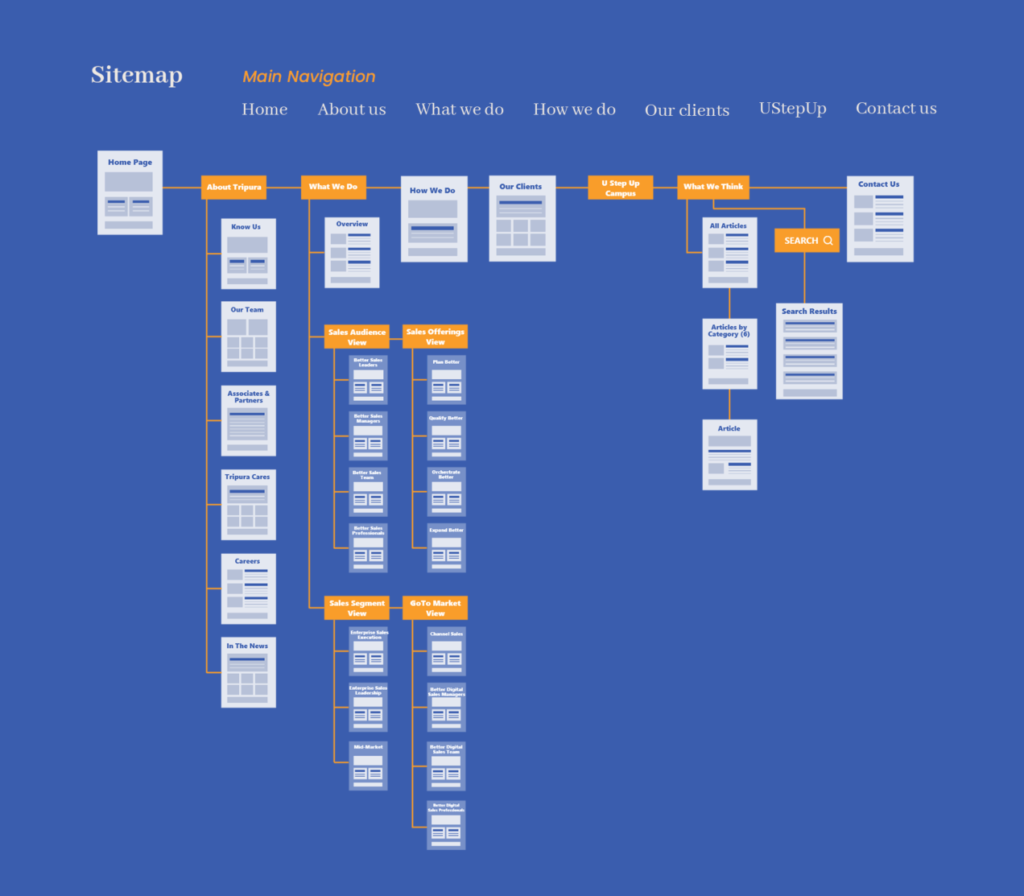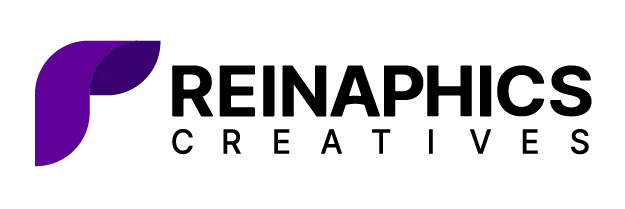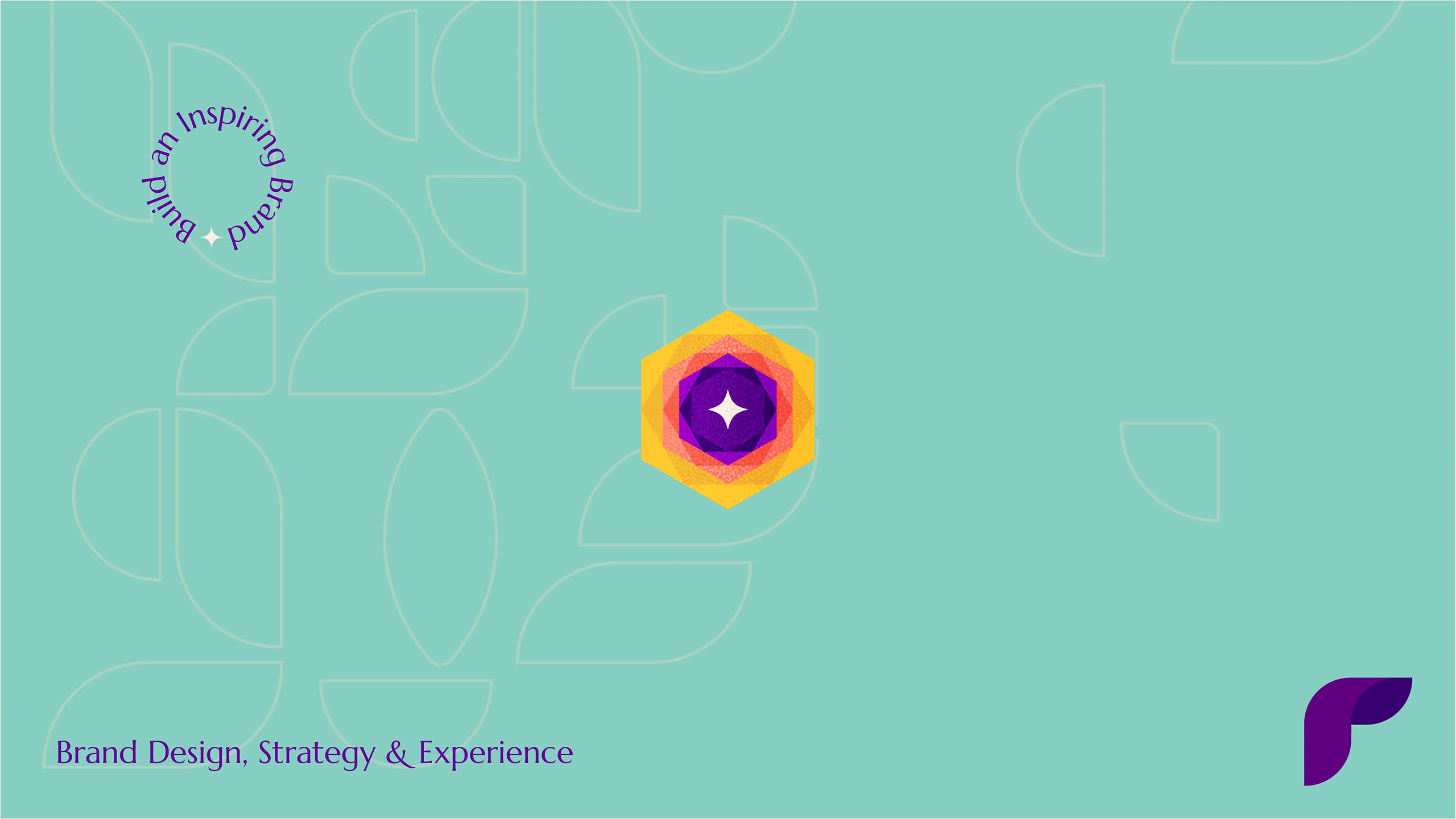It is the first impression visitors have of your brand, and it can significantly impact their perception and engagement. Therefore, understanding the importance of website design and taking strategic preparatory steps is essential for achieving online success.
Web design process should have three phases – Strategy, Design & Development.
In this blog, we will be discussing the strategy phase, where you define the goals, identify your target audience and their behaviour, market & competitor landscape, and plan the sitemap and structure of the website.
Though it could be intimidating to start off the design of the website, this essential phase builds the foundation and gives clarity to the design & development phase of the website.
In strategical phase, we will be performing the below listed tasks to achieve optimum results later.
What’s in this article?
Lets look at these steps in detail.
Define your website goals and target audience
Before diving into the design process, clarify the purpose and objectives of your website.
Ask yourself:
- What do you want to achieve with your website?
- Are you aiming to generate leads?
- Do you want to sell products and build a ecommerce gateway?
- Is your website purely informational and nothing else?
- Do you want to build brand awareness and reputation for your company through your website?
- Are you aiming at building an online community?
Defining your goals will help shape the overall direction and layout of your website. You can keep falling back on these values when you make changes or new decisions.
Identifying your target audience is equally crucial. Understanding their needs, preferences, and online behavior will enable you to tailor your website design to cater to their expectations.
Check out the goals that we defined for one of our client’s website project as below:
— Lead generation and to increase the client base.
— Build credibility by establishing the brand as a Thought Leader in the industry
— To convert website as an active tool in marketing & customer engagement strategy
— Gateway for digital course content through an online learning platform
Ask yourself:
- Who will benefit from my offering?
- Who is my customer?
- What is their problem or challenges?
- What is their day in life look like?
- How is my product or service affecting their day-in and day-out?
- How are they emotionally benefitting from my website or brand?
- What do they lose if they don’t avail my services?
Consider their demographics, interests, and motivations to create an engaging user experience. It needs to connect with your target group and resonate with your audience. Only then will people remember you among many other websites they see every day.
Conduct market and competitor research
To create a website that stands out from the crowd, conduct thorough market and competitor research. Analyzing industry trends and best practices will give you insights into what works and what doesn’t in your niche.
It allows you to identify emerging design trends, innovative features, and user experience enhancements. It will help you and your team find a voice and strategy that works for you. You can stick to it in all aspects and incorporate it into your website.
Studying competitor websites is another valuable step. Take note of their strengths and weaknesses, observe their design choices, and identify areas where you can differentiate yourself.
Explore their website and online presence thoroughly and identify –
- How are they engaging their audience?
- How is the user experience in the website?
- What are their keywords & how are they ranking in search engines?
- What is their social media strategy and how it is linked with the website?
While you don’t want to copy your competitors, studying their strategies can inspire fresh ideas. It will help you see what’s working and what’s not – almost like learning from other people’s mistakes. It will help you understand what resonates with your target audience and how to build your website better than your competitors and win over them digitally.
Brand guidelines or standards
Your website should align with your brand’s identity and message. If you have established brand guidelines, refer to them during the website design process. Brand guidelines outline elements such as logo usage, color schemes, typography, and visual style, ensuring consistency across all brand touchpoints.
If brand guidelines are not available, it is crucial to define the tone of voice, brand personality, and brand image that will guide the look and feel of your website.
Consistency in branding and design builds trust and strengthens your brand’s recognition.
Related: How do you keep your website design’s branding consistent?
Plan your website structure and navigation
A well-organized website structure and intuitive navigation system are vital for providing visitors with a seamless browsing experience. Begin by creating a sitemap that outlines the hierarchy of pages and their relationships.
Imagine you are using a website and one page doesn’t lead to the next. It remains unresponsive or leads you to a page that hasn’t been built yet. Or what if the page takes too long to load and leads you to an Error page finally?
Maybe the website has multiple duplicate pages and the search engine finds it hard to lead you to the right one. Or maybe the website isn’t appealing when you view it through your mobile phone. Would you revisit the website or consider partnering with the company if these inconveniences happen?
This visual representation of your complete website structure and navigation helps you understand the logical flow of information. It is helpful for you, your team, search engines, and your audience as well. It ensures that visitors can navigate effortlessly through your website without getting lost in the middle.
Designing a user-friendly navigation system involves clear menu labels, logical categorization, and intuitive placement of navigation elements. Consider implementing drop-down menus, search functionality, and breadcrumb trails to enhance usability.
By simplifying the navigation process, you reduce the chances of visitors getting frustrated or lost. It might seem like a basic exercise, but it can help in improving their overall satisfaction.

Develop compelling and user-friendly content
Content is the heart and soul of your website. Compelling and user-friendly content engages visitors, encourages them to stay longer, and compels them to take desired actions. Each web page should contain well-crafted and informative copy that effectively communicates your message. It needs to give your brand a personality and align with your brand’s tone and voice.
Revisit your brand’s core elements like mission, vision, and values to determine the website’s communication strategies.
To enhance search engine visibility, optimize your content with relevant keywords and meta tags. Incorporate headings, subheadings, bullet points, and concise paragraphs to make your content scannable and easy to digest.
People love skimming through content, so go for short copies that are punchlines. Utilize visuals such as images, infographics, and videos to enhance engagement. Try to use short sentences, catchy copies, and convey as much information as possible visually.
When writing website content, keep it concise, focused, and action-oriented. Convey the value proposition and benefits visitors can expect from your offerings. Use a persuasive tone and incorporate compelling calls to action to guide visitors toward desired conversions.
Conclusion
Hope this first addition to this series was useful to you! Which of these tips did you know and which ones are you yet to implement? Keep in mind that often we miss the most basic steps while designing a website. Always keep the end user in mind and view your website from their eyes.
If your website doesn’t engage and interest you, it won’t interest anybody. If your website takes too long for you to load and you keep refreshing it, so will everyone. If you don’t like what you see, nobody will – that’s the brutal truth!
In the next part of this series, we will explore the design phase. Stay tuned to keep learning more!




